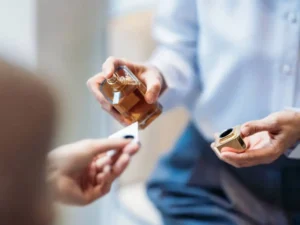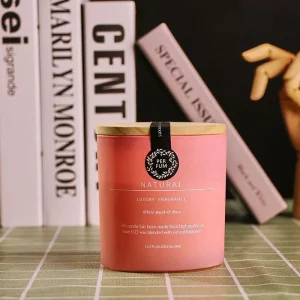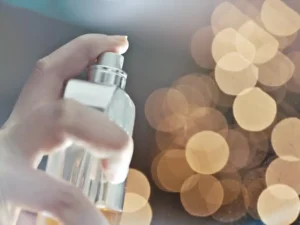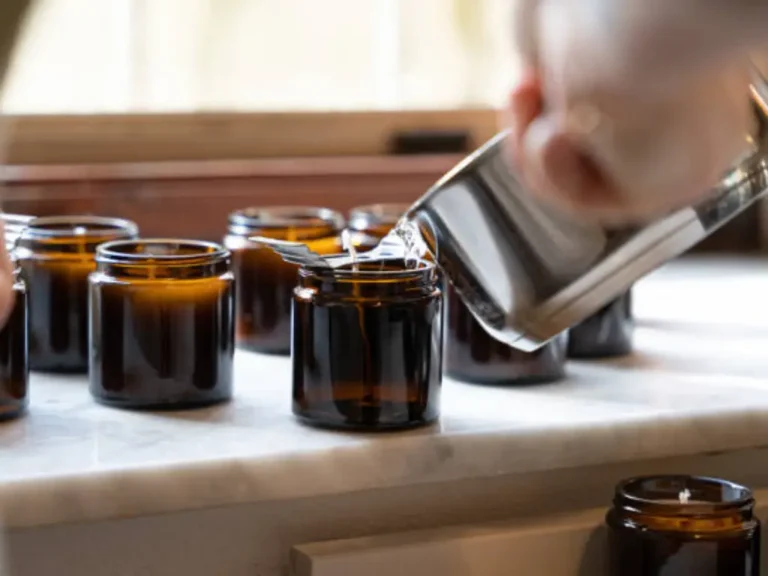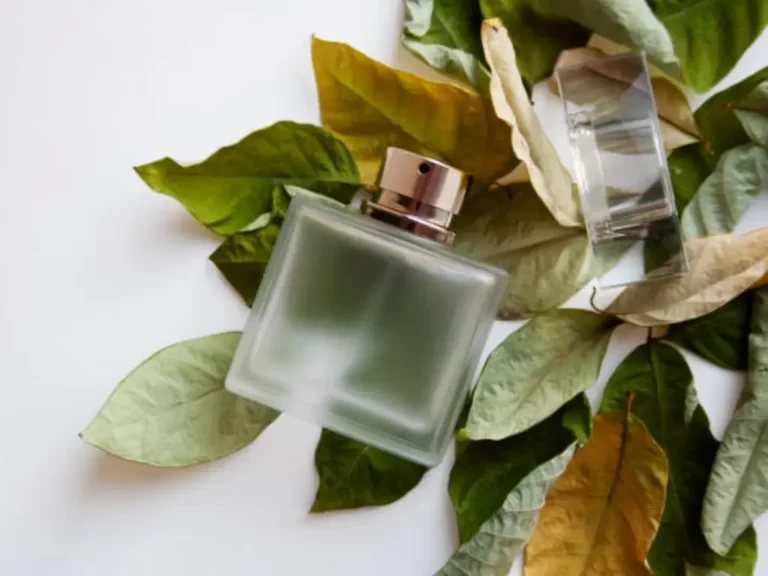
Table of Contents
Why Perfume Bottles Matter in the Fragrance World
Perfume bottles are more than just containers — they are a vital part of the fragrance experience. A well-designed bottle does more than hold liquid; it reflects the essence of the scent inside, attracts attention, and builds brand identity. Imagine an elegant glass bottle displayed on a vanity — it tells a story before the first spray.
Whether it’s a UV-protected glass bottle or a luxurious crystal decanter, every detail impacts the consumer’s emotional and sensory connection with the product.
A Brief History of Perfume Bottles
Perfume bottles date back to ancient civilizations like Egypt, where fragrance was a symbol of status and spirituality. Early bottles were crafted for both utility and ornamentation. Over time, perfume packaging evolved into a form of artistic expression.
Today, brands use bottle design to convey their identity. A minimalist glass bottle might communicate freshness and purity, while an ornate crystal bottle might suggest exclusivity and luxury. Every curve, color, and material plays a strategic role.
How Perfume Bottles Are Made
Creating a perfume bottle is both a technical and artistic process. It begins with a concept — what story should the bottle tell? Designers consider the target audience, the type of fragrance, and the overall brand message.
Key factors in bottle production include:
Material Selection: UV glass is popular for its protective qualities.
Functionality: Ensuring spray mechanisms work seamlessly.
Aesthetics: Aligning design with brand values.
High-end perfume packaging is about more than looks — it’s about preserving the fragrance while delivering a luxurious unboxing experience.
Types of Perfume Bottles by Material
| Material | Key Advantages | Drawbacks | Typical Use |
|---|---|---|---|
| Glass | Non-reactive, visually elegant | Fragile | Common in mainstream and luxury lines |
| Metal | Durable, blocks oxidation | Heavy | Niche and high-end colognes |
| Crystal | Ultra-premium look, pure clarity | Expensive, delicate | Luxury and limited editions |
| Ceramic | Textured, handcrafted appeal | Porous, breakable | Vintage or artisanal brands |
| Wood | Eco-friendly, rustic | Rare, not versatile | Sustainable or organic brands |
1. Glass Perfume Bottles
Classic, transparent or tinted glass bottles allow the perfume to shine visually. They’re inert, preserving scent integrity, and ideal for most perfume types.
2. Metal Perfume Bottles
Metal bottles offer durability and a modern edge. Popular in niche perfumes, they’re perfect for shielding scents from light and air.
3. Crystal Perfume Bottles
These are true works of art. Often hand-cut, crystal bottles are reserved for ultra-luxury perfumes, enhancing perceived value.
4. Ceramic Perfume Bottles
Used for their artisanal charm and tactile texture, ceramic bottles appeal to those seeking authenticity and tradition.
5. Wooden Perfume Bottles
Wood is rare in full-bottle design but frequently appears in stoppers or accents. It attracts eco-conscious consumers and elevates natural-themed collections.
Bottle Size & Capacity: Influence on Perception
Bottle size influences consumer perception, portability, and price point:
15ml–30ml: Ideal for high-end perfumes, travel-friendly and exclusive.
50ml: The industry standard — a balance of luxury and practicality.
75ml–100ml: Project generosity, ideal for daily use or gifting.
Smaller sizes often feel more premium, while larger bottles offer value — both have roles in a smart fragrance strategy.
The Role of Shape in Branding
Bottle shape is central to olfactory branding. Every silhouette tells a story:
Oval = elegance and femininity
Square or angular = modern and bold
Round = friendly and approachable
Designers match shapes to fragrance profiles to create a seamless emotional experience. For example, a long, slim bottle might represent a floral scent, while a short, bold one might suggest a spicy or musky fragrance.
The Power of Color and Texture in Design
Color and texture significantly affect perception. Strategic use of color psychology enhances emotional engagement:
Blue = fresh, aquatic notes
Red = intense, sensual fragrances
Gold or black = premium or mysterious
Meanwhile, textures like matte finishes, embossing, or etched surfaces add a tactile dimension that can enhance user experience and recall.
Conclusion: Perfume Bottles as Art and Identity
Perfume bottles are where fragrance meets form. From material and size to shape and color, every design decision impacts how consumers perceive, interact with, and remember a scent.
As research shows, beautifully designed bottles can increase a product’s appeal by up to 30% — proving that the bottle is not just packaging, but an essential part of the perfume’s identity.

